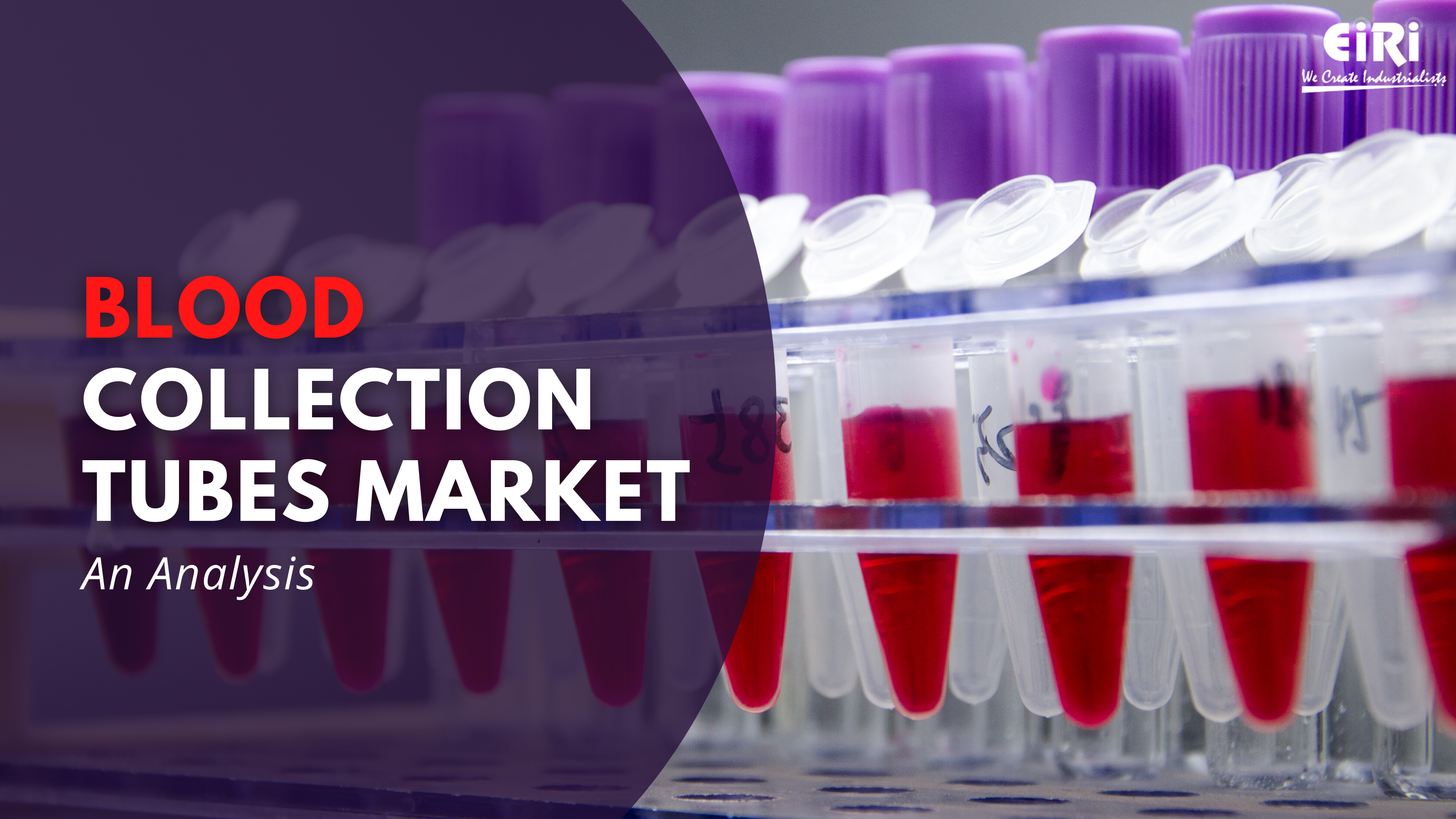Blood Collection Tubes – Market Forecast, Analysis, Growth Factors, Investment Areas, Future
Blood collection tubes have modernised the way of blood collection. These glass and plastic test tubes with differently coloured rubber stoppings for vacuum sealing the contents inside are the new drivers of the market, and understandably so. The tubes are easy to use, cheap, and light in weight, which make them convenient to be incorporated within the whole modern medical machinery.
This article explicitly emphasises the blood collection tubes’ market and how the market growth will benefit the investors big time.
Market Forecasts and Analysis From 2020-2025
The global size of the blood collection tubes market is growing each day, and with COVID-19 predominating, the CAGR is forecasted to be 3.9% by 2028. It is also expected to reach an annual turnover of USD 4253.8 million by the year 2025.
The market size of blood collection tubes is increasing amid COVID-19 since the medical and life support facility production is the only one not inhibited or blocked in the lockdown market. As the market is increasing, the vendors are inciting the purchased quantities higher than the targeted ones. Their increased buying activities are crucial for increasing their market share. The vendors are also introducing new and improved products. As the market is growing, the vendors are continually testing out their products to ensure that it meets all the standards.
Market Segmentation of Blood Collection Tubes
Segmentation of blood collection tubes in the market is done based on,
The basis of the product type
The blood collection tubes are segmented into,
- Serum separating tubes
- Plasma separation tubes
- EDTA tubes
The end-user or application
Usually split into two types, the end-user or application includes,
- Venous blood collection tubes
- Capillary blood collection tubes
Analysis as per regions
Region-wise, blood collection tube’s use is analysed based on the division of the continents into North America, Europe, Asia Pacific, South America and the middle eastern countries. Different models are used for analysis, and it mostly incorporates the primary and secondary data sources.
Factors Driving the Global Market for Blood Collection Tubes
The Growing Geriatric Population in Most Countries
An increase in demand for blood-drawing tubes is expected to stem from an increase in the number of elderly people who undergo blood tests. The ageing population will boost the overall health care industry and thus demand.
Increasing Competition
Due to increased competition, vendors are trying different marketing methods such as product bundling and promotions to promote their products. This will help in furthering the blood collection tube market share.
The Increasing Presence of the Medical Industry in Most Countries
The market is expected to expand due to the increasing presence of the medical industries across the world and the fact that the need is proportional to the popularity of the product among hospitals and laboratories.
Blood Collection Tube Distributors
Large pharmaceutical companies are operating at a significant level as key distributors. Therefore, it is not hard for them to emerge as potential players in this market.
Areas to Invest – Types of Blood Collection Tubes / Vacutainers Available in the Market
Investment opportunities in this sector are immense, and they stem from the fact that blood collection tubes come in various categories. Their colours determine what they are to be used for. For your reference, different types of blood collection tubes used currently have been listed below:
1. A Purple/lavender blood bottle is used primarily for haematological tests and whole blood drawings. They are smeared with EDTA (ethylenediaminetetraacetic acid).
2. Pink blood bottle is used for whole blood sample collection for sending it to the transfusion laboratories. It is also smeared with anticoagulant EDTA.
3. Bluebottles are tubes coated with sodium citrate, a reversible anticoagulant agent. They are used for coagulation timing screening, D-dimer, INR (International Normalised Ratio), anti-Xa assay, clotting factor level determination, and measuring the Lupus erythematosus anticoagulant.
4. Yellow/gold bottles are used for serum analysis. They contain two agents- silica and serum separating gel, making them ideal for conducting different biochemical, endocrinological, tumour marker, toxicological, microbiological, immunological tests and supporting blood drug level measurements.
5. Grey blood bottle is used for biochemical tests and has a film of an antiglycolytic agent, sodium fluoride. It also contains potassium oxalate as an anticoagulant — ideal for glucose and lactate tests.
6. Red blood bottles have silica particles that function as clot activators. Serum separating gel adversely affects the blood serum, and often certain test samples, thus, need to be collected in red bottles instead of yellow ones. Red bottle tests are for hormones, drug levels, bacterial, viral and antibody testing.
7. Deep green blood bottle is used for heparinised plasma and whole blood analysis. It also contains sodium heparin as the coating agent.
8. Light green blood bottle is coated with lithium heparin and acts as an anticoagulant and a plasma separator gel. Some hospitals use yellow bottles instead of light green blood bottles.
Other than the above described most commonly used bottles, there are other colours as well — Dark blue, light yellow, white, black, tan, orange, and clear lid bottles — typically employed for varied purposes.
Looking to Invest in Blood Collection Tubes Market? Here’s What You Should Know
The increase in accident and trauma cases and non-communicable diseases are prime factors contributing to market growth.
Hospitals, diagnostic centres, blood banks are major absorbers of blood collection tubes. Given the rise in the non-communicable and communicable diseases in the market, there is a chance of increased absorbance of these products into the market; however, with increased demand, the cost of vials is also forecasted to show a marked decline.
Investments in this field have also fallen below market expectations with the rise in the COVID-19 situation, and the cost of raw materials has fallen below the standard normal. Thus, investing in this venture would yield maximally in the coming five years and would be a good money-making area in this disease-stricken world.




